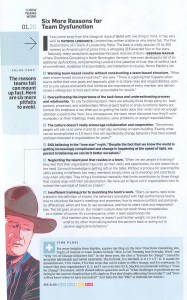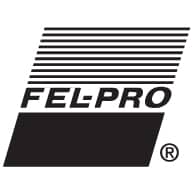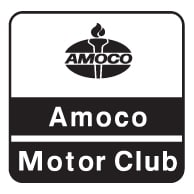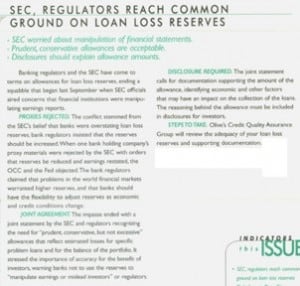Print can still be very communicative, if you pay attention to how people read these days. Someone who clearly understands that is the publishers of Inc. Magazine, who recently unveiled the prototype for a new title called Build aimed at mid-size companies.
The sample page reproduced here shows how savvy print designers can connect with readers in this era of smartphones, tablets, and Web 2.0. Even though there’s a lot of text on the page, it’s broken into bite-size chunks, most of which use a bold lead-in to allow skimming readers to determine whether they need to read the entire paragraph. In fact, you can pick up the gist of the article just by reading those lead-ins.





